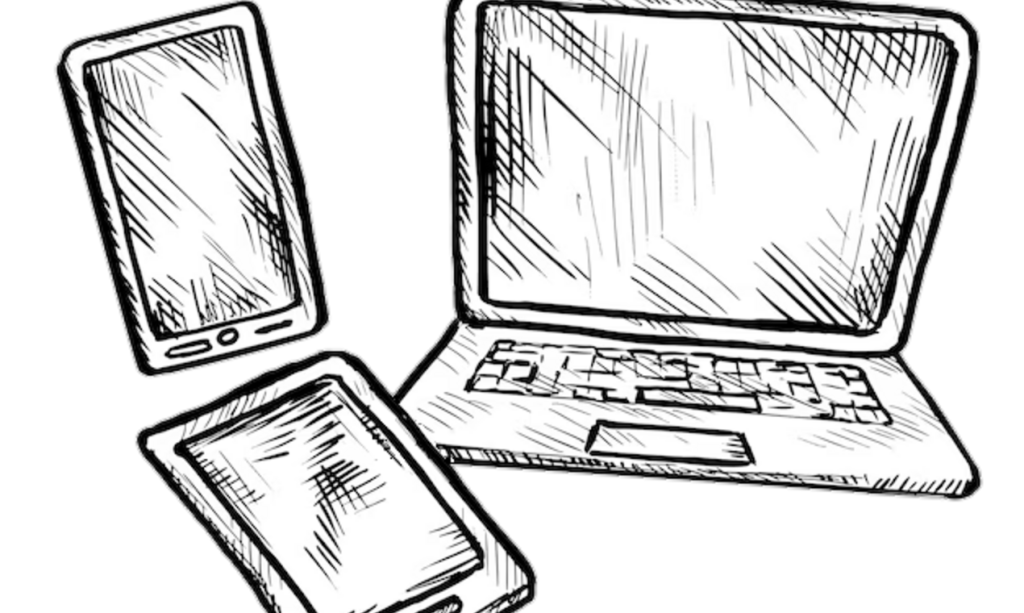SDN has moved again!
Subscribe to our RUMBLE channel
Brief
Passwords
The first precaution you should take is to lock your phone and computer. Implement a passcode, pin, swipe, or biometrics lock. A complex password is likely best as biometrics can be compromised by advanced actors and they can’t be changed remotely (or at all). Pins can be easily hacked.
Whatever you choose, ensure your screen’s lock is active on phones (don’t add a delay or “trusted location.” The same goes for your other devices such as laptops, work computers, hard drives (USB/SSD), or tablets. If someone can gain access to an unlocked device, the odds are you’re already logged into your email account and with that they can do unlimited harm.
Wipe prints from keyboards and keypads (alarms, door locks, etc.) to obscure a previous password entry.
Locks
Secure laptops and computers with a cable lock at hotels, outdoor restaurant patios, and at home. Add key/combo locks (zipties or twist ties when locks not permitted) to luggage when traveling.
Screens
Wipe your screen to conceal common placements of finger touches on your lock method (a swipe or pin code entry can often be observed by smudges/prints). Use a privacy screen to conceal your activity from eavesdropping.
Charge
If you’re charging your phone at public charge stations (airports, coffee shop) or anywhere where a USB adapter is already present, there could be covert hardware installed designed for juice jacking which is a method by which hackers and other attackers use to steal data from unsuspecting people’s devices or infect them with malware. A device called a “data blocker” can protect you from this attack but the simplest fix is to use your own USB adapter “block.”
Signal
Do not connect to unlocked public WiFi. Turn off connections like Bluetooth and NFC when not in use. Shield devices (and your wallet) in a Faraday Cage when applicable to deter tracking, protect from electromagnetic pulses, or surreptitious attacks.
Hardware
Check for concealed devices that may have been connected to your computers such as an unknown jump drive or wire.
Defense
Protect your devices from common physical damage caused by drops or other accidents. Add a case or screen protector. Adhere rubberized pads/grips. Use a waterproof bag when relevant.
This article was originally written by the Grayman Briefing. Stay in the know. Sign up for Intel and Situational Awareness alerts pushed to your phone on emerging threats and preparedness warnings. Click HERE to subscribe to the Grayman Briefing.
=====
Become a Survival Dispatch Insider …
We bring together survival enthusiasts and preppers to share skills and knowledge, so you can enhance your preparedness for emergencies and ensure the safety of you and your community.
The Results You’ll Get …
Our community, courses, and memberships are pretty special. We focus on the ways it will make a huge difference in your life.
Here are a few of the things you’ll be able to do as a member of Survival Dispatch Insider …
1) Improve your emergency preparedness by learning survival skills and strategies from experienced preppers.
2) Build lasting connections with like-minded individuals that share your passion for safety and readiness.
3) Access a wealth of knowledge and resources to assist in protecting you and your community during unexpected situations.
Click HERE to get started.
=====


